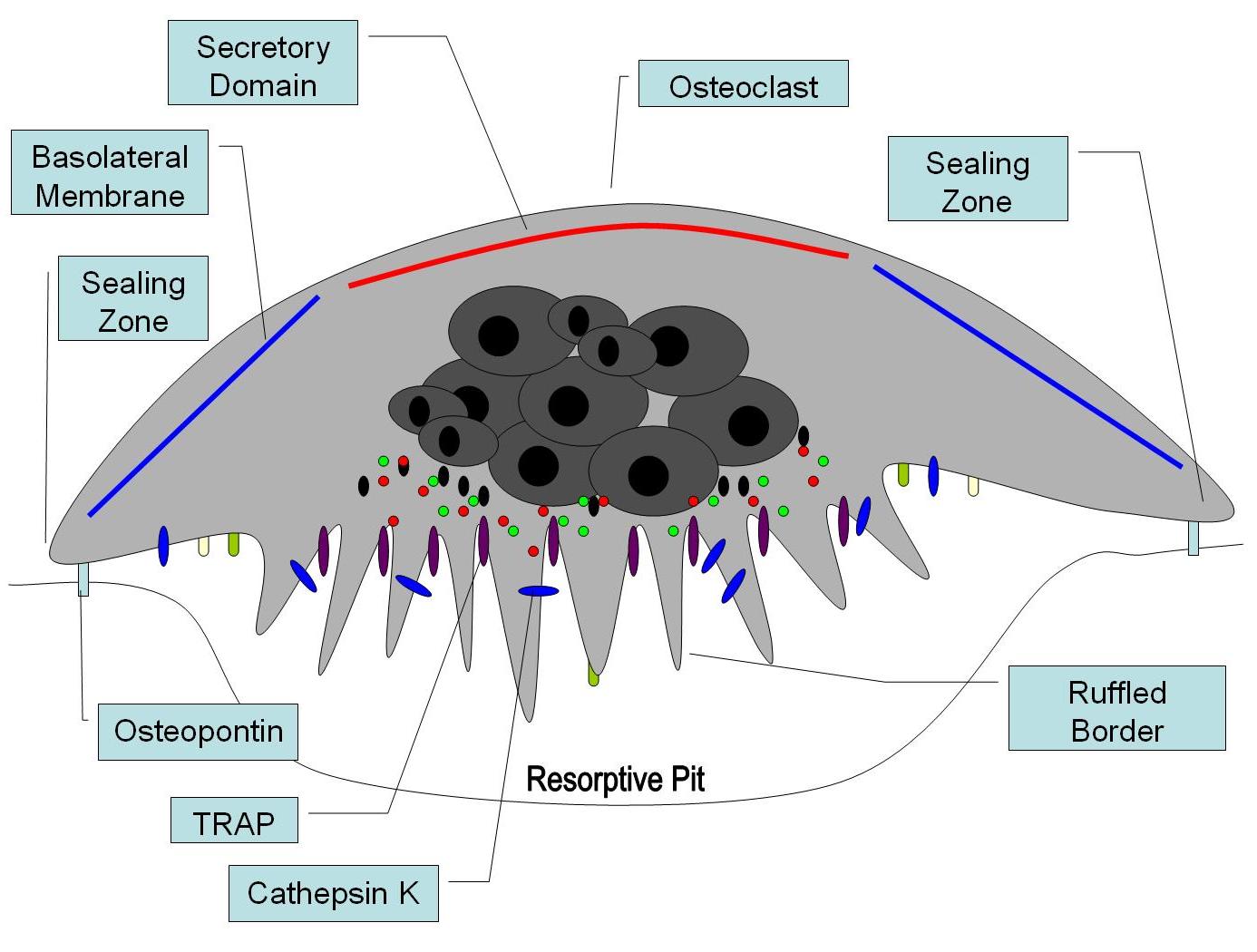Osteopontin
| Secreted phosphoprotein 1 (osteopontin, bone sialoprotein I, early T-lymphocyte activation 1) | |||||||||||
|---|---|---|---|---|---|---|---|---|---|---|---|
| Identifiers | |||||||||||
| Symbols | SPP1 ; BNSP; BSPI; ETA-1; MGC110940; OPN | ||||||||||
| External IDs | Template:OMIM5 Template:MGI HomoloGene: 20156 | ||||||||||
| |||||||||||
| RNA expression pattern | |||||||||||
| File:PBB GE SPP1 209875 s at tn.png | |||||||||||
| More reference expression data | |||||||||||
| Orthologs | |||||||||||
| Template:GNF Ortholog box | |||||||||||
| Species | Human | Mouse | |||||||||
| Entrez | n/a | n/a | |||||||||
| Ensembl | n/a | n/a | |||||||||
| UniProt | n/a | n/a | |||||||||
| RefSeq (mRNA) | n/a | n/a | |||||||||
| RefSeq (protein) | n/a | n/a | |||||||||
| Location (UCSC) | n/a | n/a | |||||||||
| PubMed search | n/a | n/a | |||||||||
Secreted phosphoprotein 1 (osteopontin, bone sialoprotein I, early T-lymphocyte activation 1), also known as SPP1 and commonly referred to as osteopontin, is a human gene.[1] Osteopontin is a glycoprotein first identified in 1986 in osteoblasts. The prefix of the word "osteo" indicates that the protein is expressed in bone. Osteopontin is an extracellular structural protein and therefore an organic component of bone. Synonyms for this protein include sialoprotein I and 44K BPP (bone phosphoprotein).
The gene has 7 exons, spans 5 kilobases in length and is located on the long arm of human chromosome 4q. The protein is composed of ~300 amino acids residues and has ~30 carbohydrate residues attached including 10 sialic acid residues. The carbohydrate residues are attached to the protein during its residence in the Golgi apparatus. The protein is rich in acidic residues: 30-36% are either aspartic or glutamic acid.
Osteopontin is biosynthesized by a variety of tissue types including preosteoblasts, osteoblasts, osteocytes, extraosseous cells in the inner ear, brain, kidney, deciduum, placenta, odontoblasts, some bone marrow cells, hypertrophic chondrocytes, macrophages, smooth muscle, and endothelial cells. Synthesis of osteopontin is stimulated by calcitriol (1,25-dihydroxy-vitamin D3).
The organic part of bone is about 20% of the dry weight, and counts in, other than osteopontin, collagen type I, osteocalcin, osteonectin, bone sialo protein and alkaline phosphatase. Collagen type I counts for 90% of the protein mass. The inorganic part of bone is the mineral hydroxyapatite, Ca10(PO4)6(OH)2. Loss of this mineral may leads to osteoporosis, as the bone is depleted for calcium if this is not supplied in the diet.
Osteopontin is overexpressed in a variety of cancers, including lung cancer, breast cancer, colorectal cancer, stomach cancer, ovarian cancer, melanoma and mesothelioma. It may contribute to kidney stone formation and both glomerulonephritis and tubulointerstitial nephritis and is also found in atheromatous plaques within arteries. Research has implicated osteopontin in excessive scar-forming and a gel has been developed to inhibit its effect.[2]
References
Additional images
Further reading
- Fujisawa R (2002). "[Recent advances in research on bone matrix proteins]". Nippon Rinsho. 60 Suppl 3: 72–8. PMID 11979972.
- Denhardt DT, Mistretta D, Chambers AF; et al. (2003). "Transcriptional regulation of osteopontin and the metastatic phenotype: evidence for a Ras-activated enhancer in the human OPN promoter". Clin. Exp. Metastasis. 20 (1): 77–84. PMID 12650610.
- Yeatman TJ, Chambers AF (2003). "Osteopontin and colon cancer progression". Clin. Exp. Metastasis. 20 (1): 85–90. PMID 12650611.
- O'Regan A (2004). "The role of osteopontin in lung disease". Cytokine Growth Factor Rev. 14 (6): 479–88. PMID 14563350.
- Wai PY, Kuo PC (2004). "The role of Osteopontin in tumor metastasis". J. Surg. Res. 121 (2): 228–41. doi:10.1016/j.jss.2004.03.028. PMID 15501463.
- Sodek J, Batista Da Silva AP, Zohar R (2006). "Osteopontin and mucosal protection". J. Dent. Res. 85 (5): 404–15. PMID 16632752.
- Konno S, Hizawa N, Nishimura M, Huang SK (2007). "Osteopontin: a potential biomarker for successful bee venom immunotherapy and a potential molecule for inhibiting IgE-mediated allergic responses". Allergology international : official journal of the Japanese Society of Allergology. 55 (4): 355–9. doi:10.2332/allergolint.55.355. PMID 17130676.
- Rodrigues LR, Teixeira JA, Schmitt FL; et al. (2007). "The role of osteopontin in tumor progression and metastasis in breast cancer". Cancer Epidemiol. Biomarkers Prev. 16 (6): 1087–97. doi:10.1158/1055-9965.EPI-06-1008. PMID 17548669.
- Ramaiah SK, Rittling S (2007). "Role of osteopontin in regulating hepatic inflammatory responses and toxic liver injury". Expert opinion on drug metabolism & toxicology. 3 (4): 519–26. doi:10.1517/17425225.3.4.519. PMID 17696803.
External links
- Osteopontin at the US National Library of Medicine Medical Subject Headings (MeSH)
| This protein-related article is a stub. You can help Wikipedia by expanding it. |
